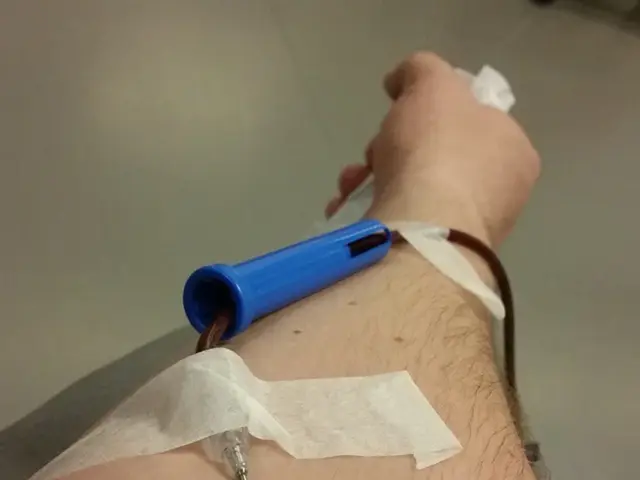Driving While Drowsy: Understanding the Consequences and Legal Ramifications of Tired Driving
Drowsy driving, a prevalent yet often overlooked cause of traffic accidents in the United States, has been linked to a significant number of crashes and fatalities on American roads. A series of consistent risk factors have been identified that increase the likelihood of drowsy driving crashes.
The most prominent risk factor is insufficient sleep, with many Americans failing to meet the recommended amount of sleep (7+ hours per night for adults). Nearly half of surveyed drivers average less than six hours on weeknights, leading to impaired cognitive function, alertness, and reaction time, making drivers more likely to experience lapses in attention, drifting from lanes, or missing traffic signals.
Untreated sleep disorders such as obstructive sleep apnea or insomnia can exacerbate daytime fatigue and increase drowsy driving risk. Additionally, medications that cause drowsiness or impact alertness are another common contributor, as side effects may not always be recognized by drivers before operating a vehicle.
Shift workers, particularly those on night shifts or rotating schedules, are at elevated risk due to irregular sleep patterns and circadian rhythm disruption. These workers often experience fatigue during commutes, heightening their risk of drowsy driving accidents.
Long hours behind the wheel without adequate breaks can lead to driver fatigue, especially on monotonous highways or during late-night trips. Extended driving periods without rest reduce vigilance and increase the likelihood of falling asleep at the wheel.
Younger and less experienced drivers, particularly males, are disproportionately represented in drowsy driving crashes. Additionally, risk-taking behaviors and failure to recognize warning signs of drowsy driving can prevent drivers from seeking appropriate rest.
Drowsy driving accidents are likely underreported because fatigue is difficult to quantify after a crash, unlike alcohol which can be measured with blood tests. This makes it harder to assess the true scale of the problem, though estimates suggest drowsy driving was involved in about 1.6% of all traffic crash deaths in 2021.
In summary, drowsy driving is driven by a combination of sleep deprivation, untreated medical conditions, medication use, demanding work schedules, and long driving hours. These factors impair driving performance at levels comparable to alcohol intoxication, underscoring the need for greater awareness, preventive measures, and improvements in detection technology.
*Reference* [1] National Sleep Foundation. (2021). Drowsy Driving: What You Need to Know. Retrieved from [https://www.sleepfoundation.org/sleep-topics/drowsy-driving](https://www.sleepfoundation.org/sleep-topics/drowsy-driving) [2] National Highway Traffic Safety Administration. (2021). Drowsy Driving. Retrieved from [https://www.nhtsa.gov/risky-driving/drowsy-driving](https://www.nhtsa.gov/risky-driving/drowsy-driving) [3] Governors Highway Safety Association. (2022). Drowsy Driving and Automated Vehicles. Retrieved from [https://www.ghsa.org/resources/spotlight/on-drowsy-driving-and-automated-vehicles](https://www.ghsa.org/resources/spotlight/on-drowsy-driving-and-automated-vehicles)
- Inadequate sleep, a major factor in drowsy driving-related accidents, is a concern for many Americans who often fail to meet the recommended seven hours of sleep per night.
- Certain medical conditions like obstructive sleep apnea and insomnia, if left untreated, can amplify daytime fatigue and heighten the risk of drowsy driving episodes.
- Medications that cause drowsiness or affect alertness can also be a contributing factor in drowsy driving accidents, as side effects may not always be recognized by drivers before they get behind the wheel.
- Shift workers, particularly those with irregular sleep patterns, are at a higher risk of drowsy driving accidents due to fatigue during commutes resulting from circadian rhythm disruption.
- Long driving hours without adequate breaks, especially on monotonous highways or late-night trips, can lead to fatigue and increased likelihood of falling asleep at the wheel, potentially causing accidents.




